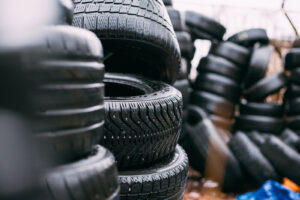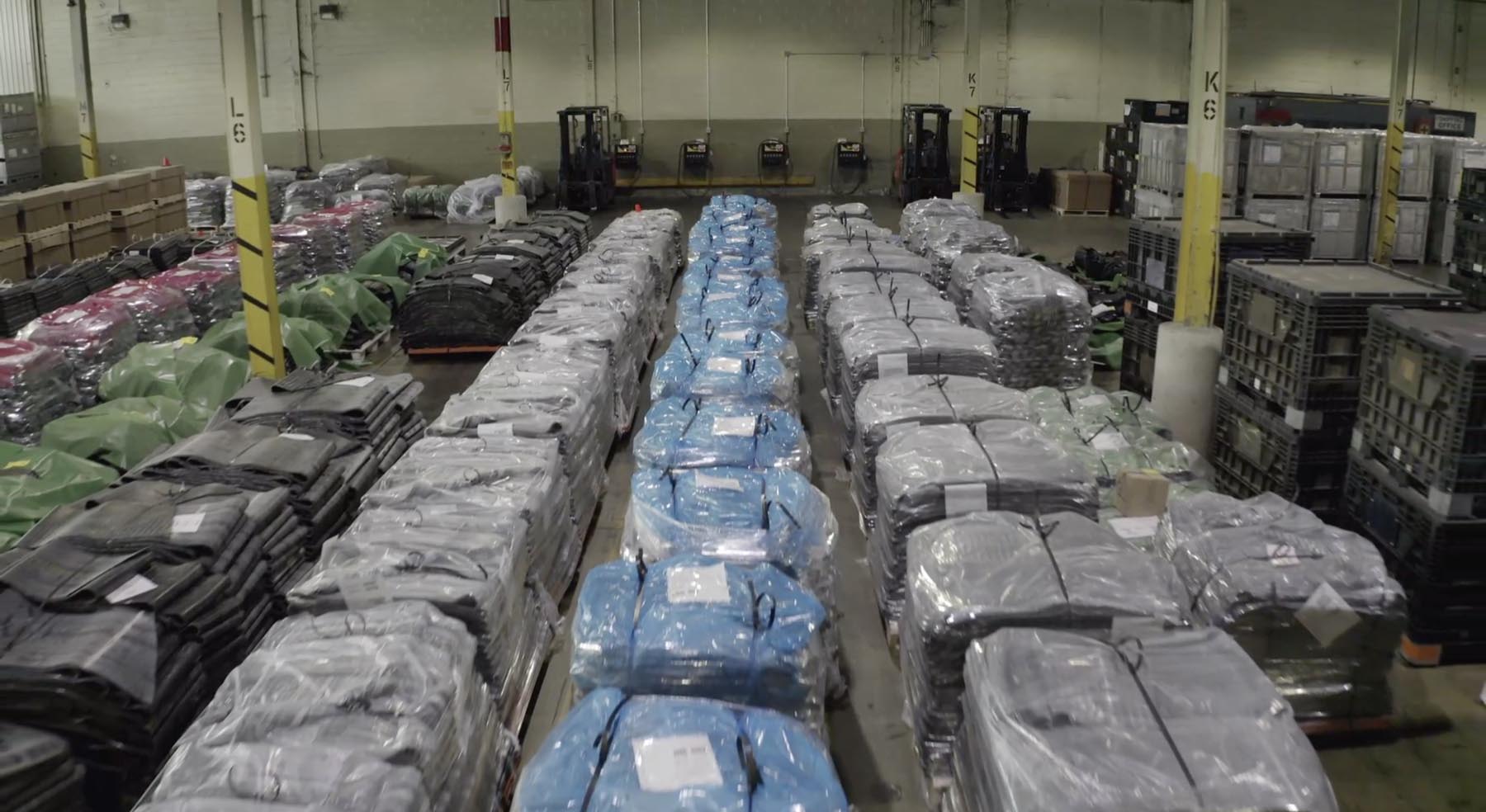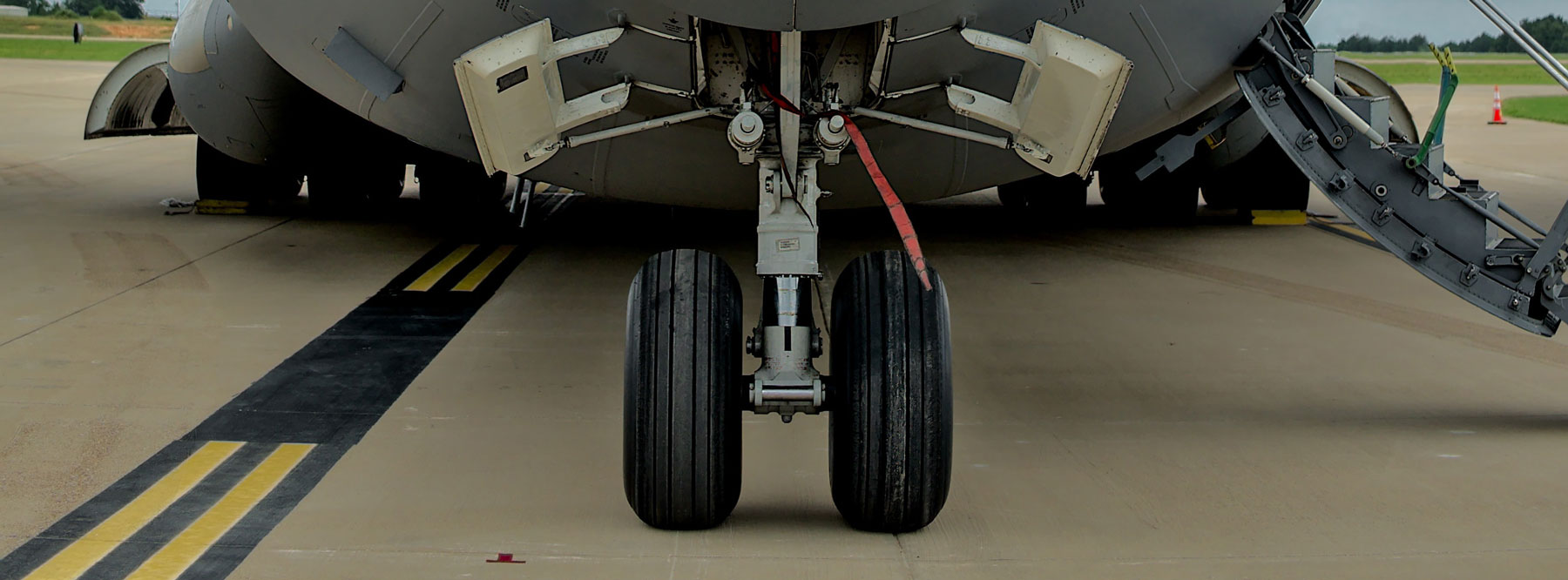In 2020, almost 13 million metric tons of natural rubber were produced worldwide. That’s more than double the amount from twenty years ago. And this is only half of the 27 million metric tons of both natural and synthetic rubber consumed in 2020. It’s safe to say that rubber is everywhere – humans use and produce a lot of rubber.
Rubber is convenient, utilitarian, and its unique properties make it well suited for a number of practical applications. We use it in almost everything, from the cars we drive to the shoes we wear. Some rubber applications are easy to understand while others are more complex.
Simply put, your life wouldn’t be the same without rubber.
Rubber’s Rise to Prevalence
Many sources cite early Mesoamerican tribes and their “elastic balls” as the earliest known use of natural rubber. More than 4,000 years ago, the Olmecs (whose name literally translates to “rubber people”) used the substance to create early bouncy balls, and they used these balls to play a game that modern people call the Mesoamerican ballgame.
Rubber historians trace modern rubber prevalence to 1843 when Charles Goodyear introduced the practice of vulcanization. Vulcanization allowed rubber to retain its elasticity, gave it water-proof properties, and the process opened the door to more practical applications we now take for granted.
 Early rubber inventions included:
Early rubber inventions included:
- Rubber bands
- Rubber tubing
- Rubber shoe soles
- Rubber tires
- Rubber balloons
- Rubber erasers
In the early 1930s, rubber specialists around the world began to create synthetic rubbers. They mixed and compounded new rubbers with even more unique properties—and the rest is history.
We still use rubber for bouncy balls, but we’ve learned to manufacture, compound, and create countless other rubber types and rubber parts for innumerable applications.
Rubber Today
Today, rubber products and parts are everywhere. As a result, specialization in rubber production and manufacturing continues to be a thriving and growing business.
Both natural rubber production and synthetic rubber production have expanded exponentially over the last 20 years. The global market for synthetic rubber shipments alone totaled more than $53 billion in 2019.
From vast rubber supplies come countless everyday rubber products. Entire industries are built around rubber specialization, from rubber molding to adhesives and even clothing.
Rubber manufacturing technology has evolved since Goodyear’s vulcanization process allowed for more specialized applications. We may still use rubber for tires and bouncy balls, but we’re also getting pretty creative when it comes to unique rubber opportunities.
Some companies use rubbers to create stronger, more durable tires for heavy vehicles and defense applications. Other companies look into rubber conductivity and heat resistance, while others create completely new compounds.
Innovative rubber manufacturers like AirBoss continue to push the boundary of what rubber compounds can do and how humans can use the versatile material.
 Common uses for rubber today include:
Common uses for rubber today include:
- Vehicle tires
- Hoses and tubing
- Gaskets and seals
- Protective coatings and linings
- Anti-vibration applications
- Rubber molded products
Look around you, and you’re bound to find rubber in all shapes and sizes. Can you imagine your shoes without rubber soles or your car’s engine without anti-vibration bushings that work their magic? The world would be a very different place without rubber.
Is Rubber the New Plastic?
No. In fact, natural rubber is a renewable resource that plays an important role in modern sustainability efforts.
It’s easy to compare rubber to plastic, which is another material that’s used virtually everywhere.
Rubber prevalence has made it a hub around which environmental impact arguments have circled for decades. Unlike plastics, though, many rubber applications and manufacturing processes have always focused on reusability and sustainability.
While plastics started as a synthetic invention (derived from oil) and had to work toward environmentally-friendly iterations, rubber started as a natural substance harvested from rubber trees and continues to be sourced naturally.
“But what about synthetic rubbers?” you ask.
Fortunately, custom rubber production has come a long way. Modern synthetic rubber compounding processes are environmentally conscious and are held to a very high standard of scrutiny. Furthermore, recycled and reclaimed synthetic rubbers are often repurposed to not only extend the life of the material but also to serve as sustainable plastic alternatives in thousands of applications.
Today, many companies still work exclusively with natural latex-based rubber and rubber products. Other rubber-heavy companies, like Michelin, have joined organizations like the Global Platform for Sustainable Natural Rubber (GPSNR) in an effort to support sustainability efforts all the way down the manufacturing chain.
Want to learn more about AirBoss rubber and our sustainability practices? Contact us today, and our specialists will be happy to bounce some rubber knowledge your way.


